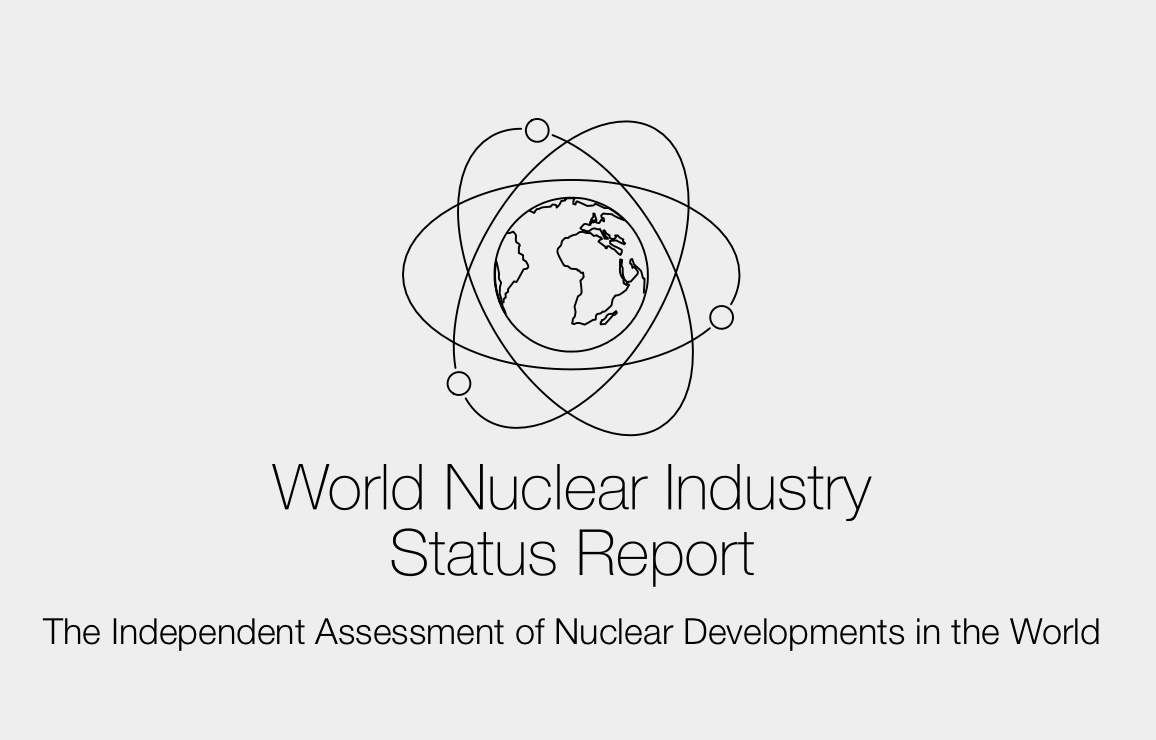Part 1 of 2 Parts
The global nuclear industry is facing serious problems as production hits its lowest point in four decades and economic pressures rise.
The World Nuclear Industry Status Report (WNISR) has outlined the severe challenges faced by the global nuclear power sector in recent years. The report covers developments up to mid-2023. It highlights a significant decline in nuclear energy production. The percentage of global electricity generated by nuclear power has reached its lowest point in forty years. This decline is attributed to a combination of factors. These include national policy shifts, economic pressures, and the rapid growth of renewable energy alternatives.
The WNISR points out that global nuclear power generation experienced a significant four percent decline, reaching a level not seen since the mid-1990s. The decrease outside of China was even more pronounced. With a five percent decrease, the global nuclear energy share of commercial gross electricity generation in 2022 fell to just nine percent. This is the most substantial drop since the aftermath of the Fukushima nuclear disaster in 2011, a record low in the past forty years. It is notable that this share is now just above half of its peak of seventeen and half percent in 1996.
Several major nuclear-producing countries faced similar challenges in 2022 and mid-2023. This contributed to the overall losses on the global nuclear landscape.
In the U.S., the nuclear share of commercial electricity generation fell to eighteen percent, the lowest level in twenty-five years. In France, nuclear generation fell below its 1990 level. This resulted in France changing to a net importer of electricity for the first time since 1980. However, Frances appears to be motivated to rectify this situation. It recently led a group of twenty countries to declare that they intended to triple nuclear energy capacity from 2020 to 2050 at COP28 in Dubai.
Belgium has closed two nuclear power reactors, one in 2022 and the other in 2023. Three more reactors are scheduled to be closed by 2025. Germany closed the last of its three operating reactors in mid-April of 2023. This completed its nuclear phase-out policy begun in 2011.
The report mentions that the number of closed nuclear power reactors reached two hundred and twelve units as of mid-2023. Twenty-two were fully decommissioned and eleven were released from regulatory control. The report indicates that there are four hundred and seven nuclear power reactors with a total capacity of three hundred and sixty-five gigawatts operating worldwide. This represents a decrease of four reactors compared with the previous year and thirty-one units below the peak observed in 2002.
Nuclear power faces increasing economic challenges. Lazard modeling indicates that, at discount rates over five and a half percent, nuclear power becomes the most expensive electricity generator in terms of the levelized cost of energy (LEOE).
National developments of major nuclear power producing countries reflect this reality. The report highlights the massive governmental subsidies in the U.S. State-level taxpayer-funded subsidies are estimated to exceed fifteen billion dollars by 2030. The U.K. is currently operating only nine nuclear power reactors. The cost for the two reactors being constructed at Hinkley Point has soared to forty-four billion dollars. Grid connection for the new reactors has been delayed until June of 2027. South Korea’s state-owned utility, KEPCO, recently accumulated a record loss of twenty-five billion dollars, with a thirty two percent rise in net debt to one hundred and forty-nine billion dollars.
Please read Part 2 next
